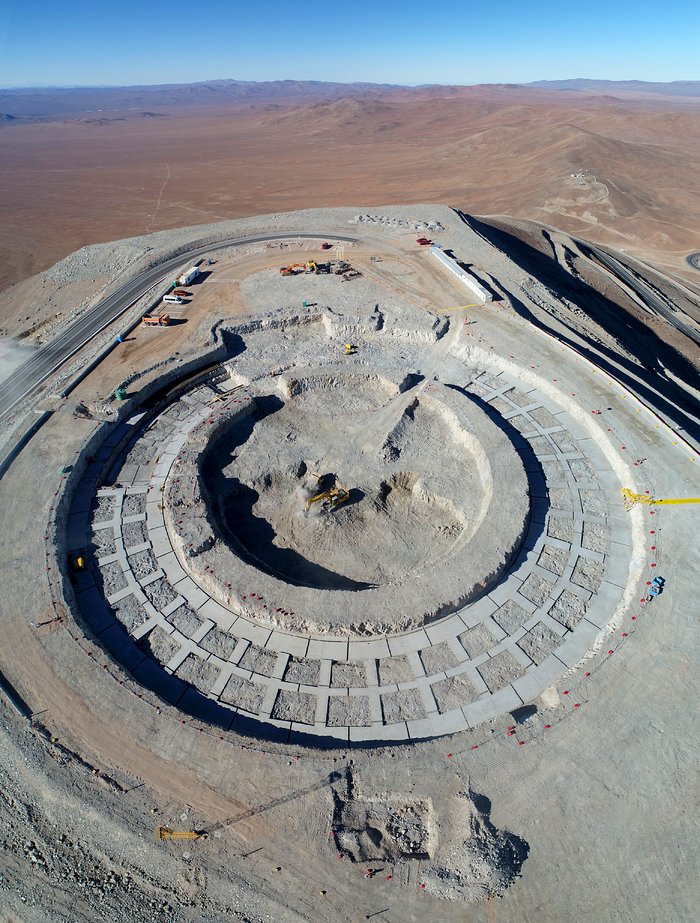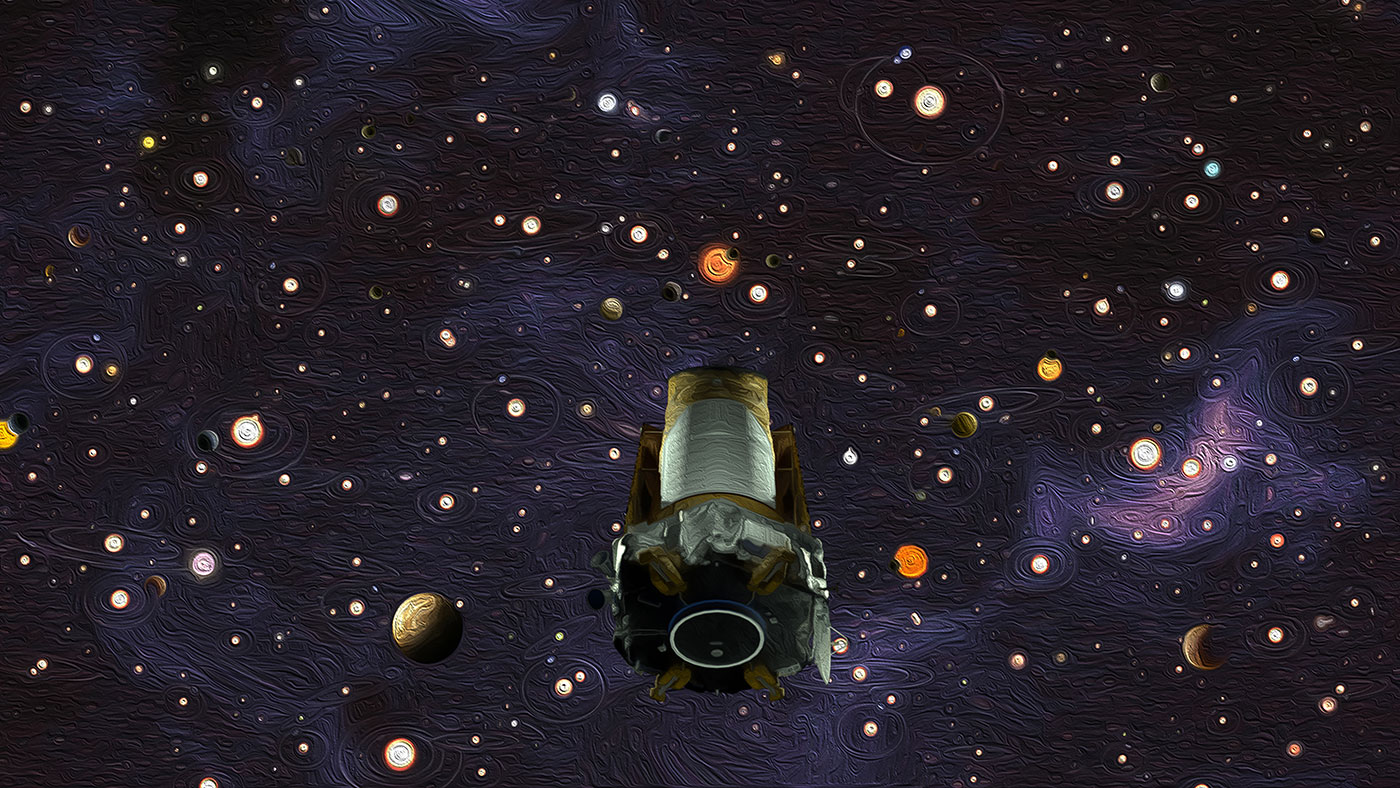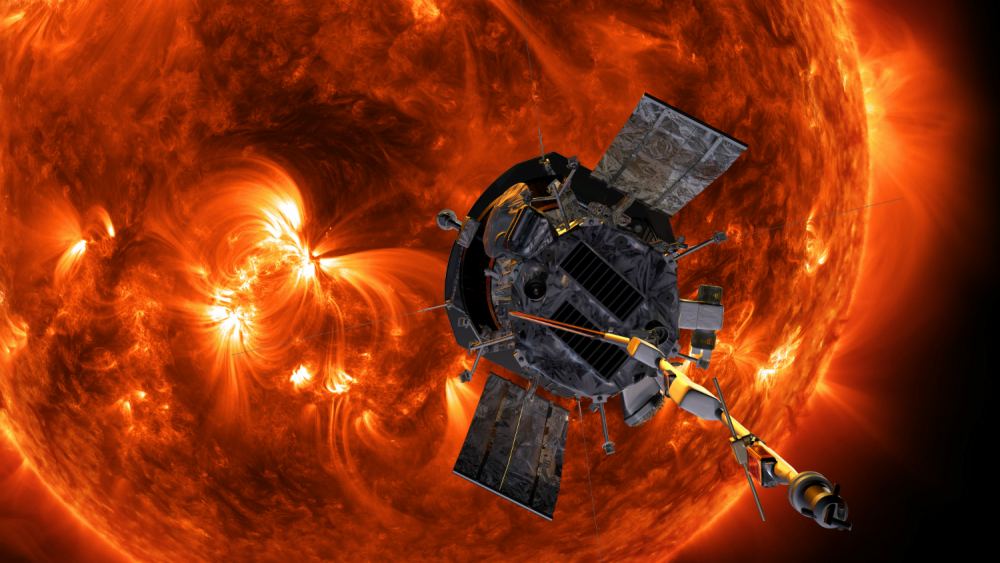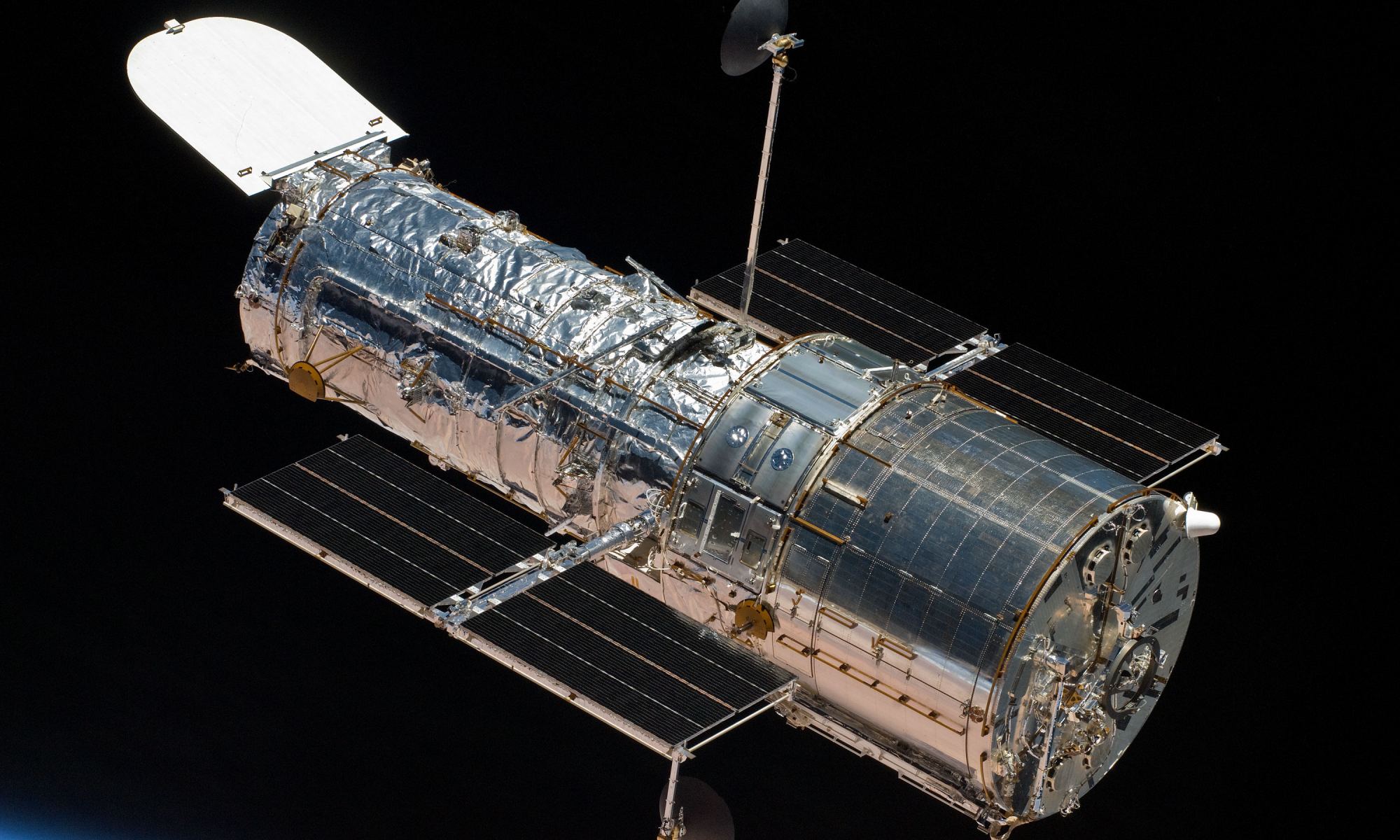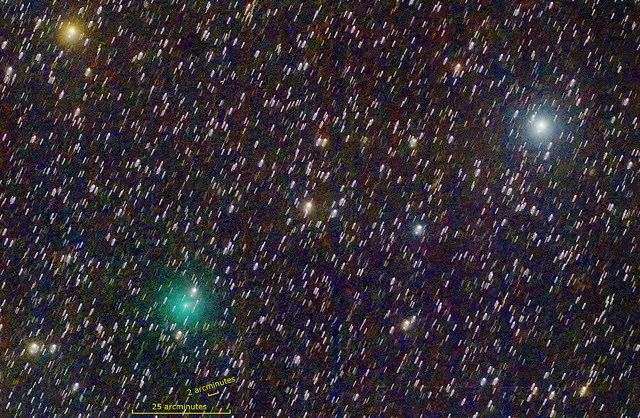All over the world, some truly groundbreaking telescopes are being built that will usher in a new age of astronomy. Sites include the mountain of Mauna Kea in Hawaii, Australia, South Africa, southwestern China, and the Atacama Desert – a remote plateau in the Chilean Andes. In this extremely dry environment, multiple arrays are being built that will allow astronomers to see farther into the cosmos and with greater resolution.
One of these is the European Southern Observatory’s (ESO) Extremely Large Telescope (ELT), a next-generation array that will feature a complex primary mirror measuring 39 meters (128 feet) in diameter. At this very moment, construction is underway atop the Andean mountain of Cerro Armazones, where construction teams are busy pouring the foundations for the largest telescope every built.
Continue reading “An Extremely Large Hole has Been Dug for the Extremely Large Telescope”

